Prospects and problems of spaceplanes
The concept of an aerospace system with an orbiting spaceplane has a number of positive qualities and therefore attracts attention. For several decades, various projects of such systems have been developed, but their real prospects remain in question. To date, only a few such projects have been brought into operation, and the future of the entire direction remains in question.
Successes of the past
The concept of an orbiting spaceplane provides for the creation of an aircraft capable of ascending into orbit independently or using a launch vehicle, and then returning to Earth through aerodynamic flight with a horizontal landing. This method of flight provides certain advantages and therefore is of interest to the rocket and space industry.
The leading powers began active work on this topic back in the fifties of the last century. Subsequently, a wide variety of aerospace systems (AKS) were developed using different spaceplanes. Some of these projects even went as far as full-scale experiments using experimental techniques.
At the same time, the direction is still not very successful and developed. The number of tested samples is much less than the total number of proposed projects, and only one complex reached real operation.
The most successful orbiting aircraft is the American Space Shuttle. In 1981-2011. Such devices made 135 flights (2 accidents), during which hundreds of tons of cargo and dozens of astronauts were delivered to orbit and returned to Earth. However, this program did not solve the problem of reducing the cost of withdrawal and recovery of the payload, and also proved to be overly complicated. In addition, by the beginning of the tenth years, spaceplanes had exhausted their resource, and the construction of new ones turned out to be inexpedient.
In our country, work on spaceplanes stopped at the testing stage. So, in the seventies and eighties, an extensive program of bench and flight tests of the BOR series devices was carried out, incl. with access to orbit. In 1988, the "Buran" spacecraft made its only space flight. Further domestic projects did not progress beyond the earliest stages.
Perspective development
At the beginning of the XNUMXs, The Spaceship Company and Virgin Galactic tested an experimental spaceplane SpaceShipOne. Later, on the basis of this product, a new spacecraft SpaceShipTwo was developed, capable of lifting small loads to the lower boundary of outer space. Due to such restrictions, the spaceplane is considered only as a transport for space tourists or as a platform for some research.
In 2018-19. experienced SpaceShipTwo in two flights ascended to an altitude of more than 80 km. New flights are planned after the completion of the modernization and preparation of the existing ship for commercial operation. Also under construction are two new "serial appearance" spaceplanes. How soon SpaceShipTwo will reach commercial use is unclear. The project has repeatedly faced the problem of postponement, and this trend may continue in the future.
More successful and promising is the Dream Chaser project from Sierra Nevada Corp. He proposes the construction of an AKS with a launch vehicle and a spaceplane capable of ascending to low Earth orbits. Dream Chaser is being developed primarily to work with the International Space Station; he will have to deliver people and cargo to orbit and return to Earth. The estimated payload will reach 5 tons, the flight time will be no more than a few hours.
To date, ground and flight tests have been carried out using two experimental spaceplanes. The first flight is planned for 2022 using the standard Vulcan Centaur launch vehicle. Then a test launch to the ISS will take place. By the end of the decade, it is planned to begin full-fledged operation of this AKS with regular flights with one or another load on board. How realistic such plans are is unclear. According to NASA, Sierra Nevada is facing various challenges that, at the very least, make it difficult to prepare for flights.
Orbital tests
Since the beginning of the 37s, a promising spaceplane has been developed by the US Air Force, DARPA, NASA and Boeing. Flight tests of a product called X-2006A began in 37. Then, an improved X-XNUMXB device was created, suitable for launching into orbit. The project was created by order of the Air Force and probably had an exclusively military purpose. At the same time, the exact data of this kind have not yet been disclosed.
The first orbital flight of the experienced X-37B began in April 2010 and lasted 224 days - until December. Then four more flights took place, and the last one lasted more than 779 days. Since May last year, one of the two prototypes has been in orbit; the date of return and boarding is unknown. Perhaps this time they will again set the record for the duration of the flight.
According to various estimates and estimates, the X-37B is already being used by the US Air Force for real-world missions. The device performs various maneuvers and changes its orbits. It has been reported to dump the payload. Thus, the process of developing flight technical capabilities can be accompanied by real work in favor of the army.
In September 2020, Chinese specialists launched the Changzheng-2F launch vehicle with a promising reusable spacecraft. The latter went into low-earth orbit and, probably, began to perform the assigned tasks. No details of the Chinese AKC project were disclosed. Even the class of the withdrawn apparatus remains unknown.
According to foreign sources, the first reusable ship in China is similar in architecture and appearance to the American X-37B and should have similar capabilities. This product, allegedly, is made in the form of an airplane with a delta wing of a small span and has a mass of no more than 8 tons. The range of tasks to be solved and the scope of application are unknown. China has yet to reveal the details of its project.
Direction problems
Despite all efforts, the direction of the AKS with an orbiting aircraft has so far only had limited success. In the near future, the situation may change - but the timing and results of the current processes are still in question. A number of characteristic factors and difficulties that the rocket and space industry has to face have led to this state of affairs.
The main problem with spaceplanes is the complexity of their creation. Designers need to combine the specific features of orbital technology and aerodynamic flight, taking into account the characteristic loads on the structure. This often requires the development of new technologies and components. The cost of the work rises accordingly.
The proposed projects of spaceplanes cannot yet compete with rocket and space systems of other classes. Existing ships and launch vehicles are capable of delivering different payloads to different orbits - the customer can choose the optimal system. Spaceplanes of the proposed types cannot yet provide such flexibility of use. To do this, it is necessary to complete the development of current projects and create new samples with different characteristics.
Finally, the prospects of the direction are negatively affected by the general conjuncture of the rocket and space industry. The best successes are shown by the American and Chinese projects created by order of the armed forces and with their direct support. Commercial developers with proactive projects and even large organizations such as NASA are not yet able to independently provide fast and high-quality creation of systems with the desired capabilities.
Due to objective limitations and various difficulties, the development of aerospace systems with spaceplanes so far can boast of only limited achievements. Most of the projects of this kind went into history without real results, and the bulk of current developments have not yet left the testing stage. However, interest in this topic remains and stimulates the continuation of work. It can be assumed that in the future the situation will gradually change, and new samples of orbital aircraft will be brought into service. However, analogs of the old Space Shuttle with the same dimensions and payload, most likely, will not appear in the coming years.
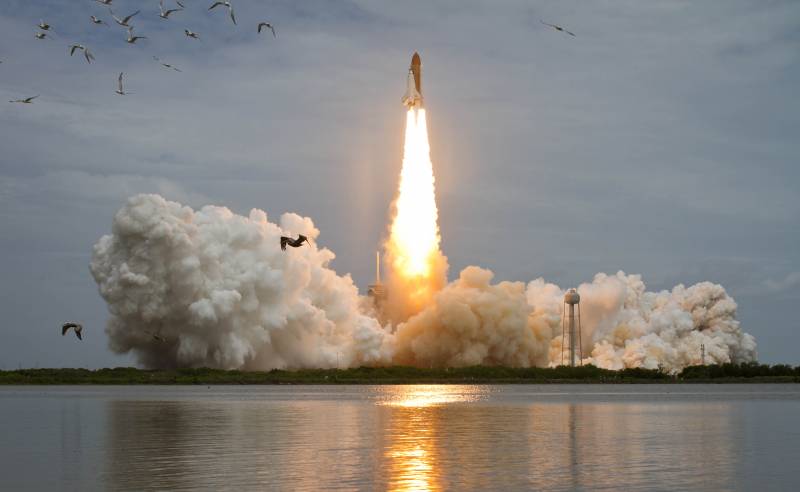
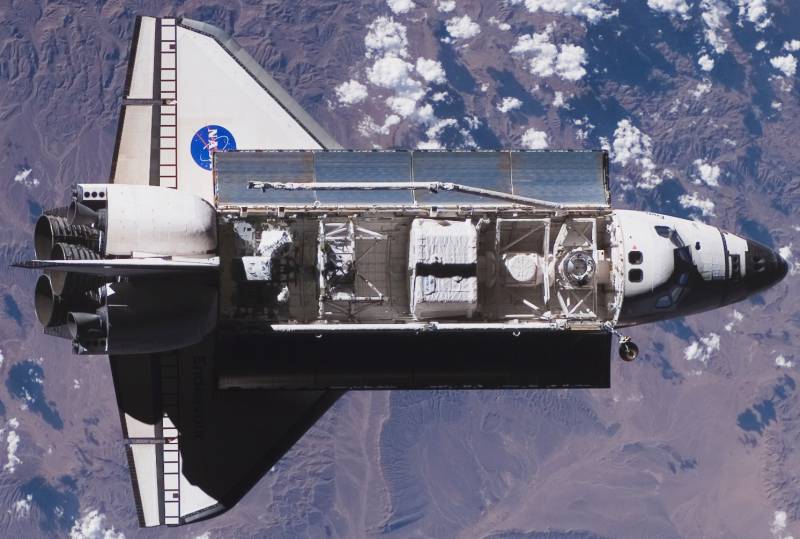
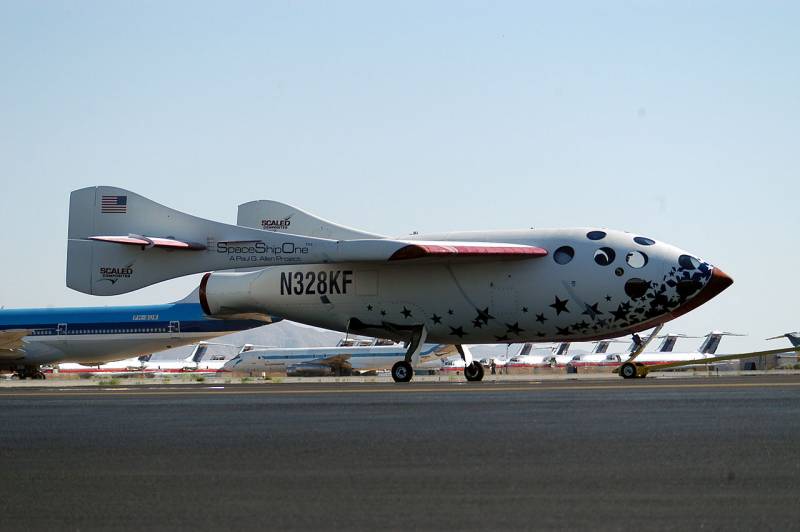
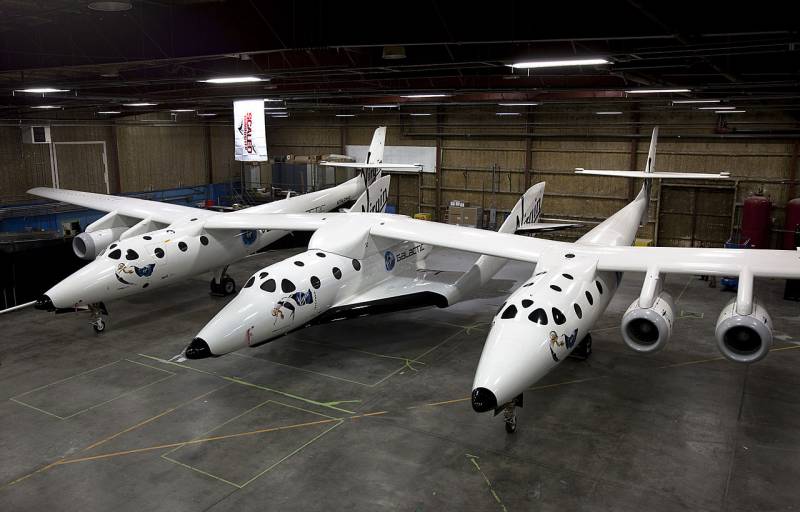
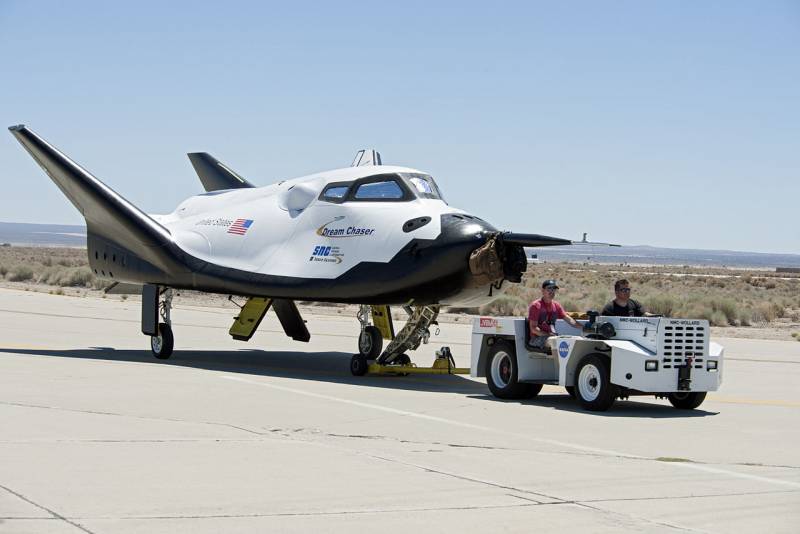
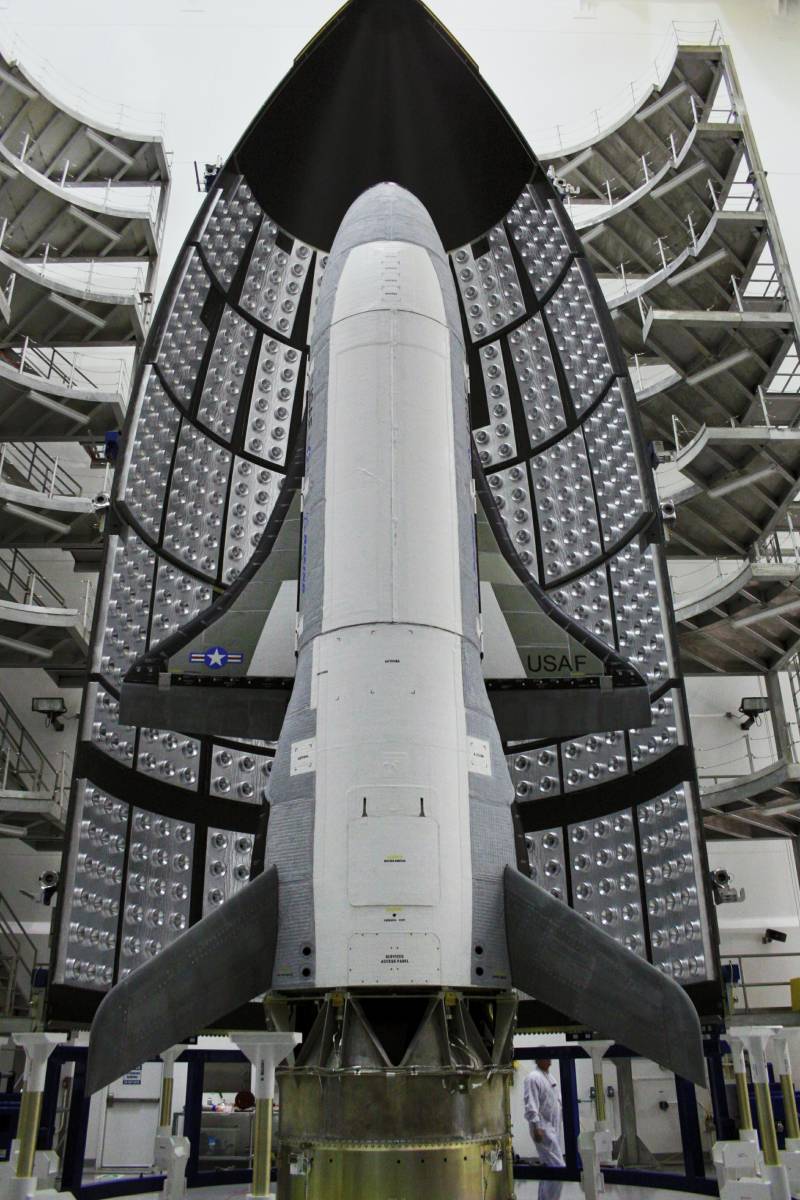
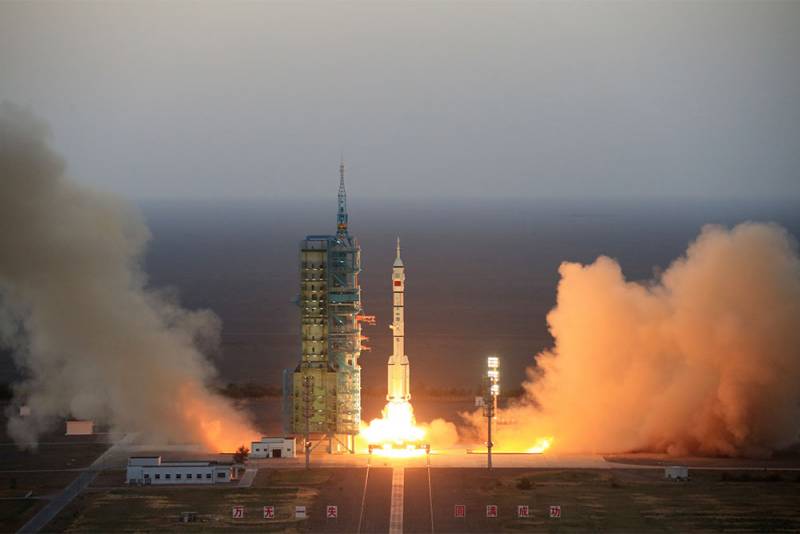
Information